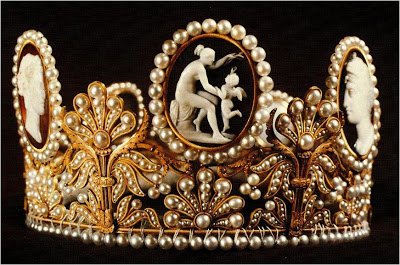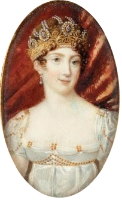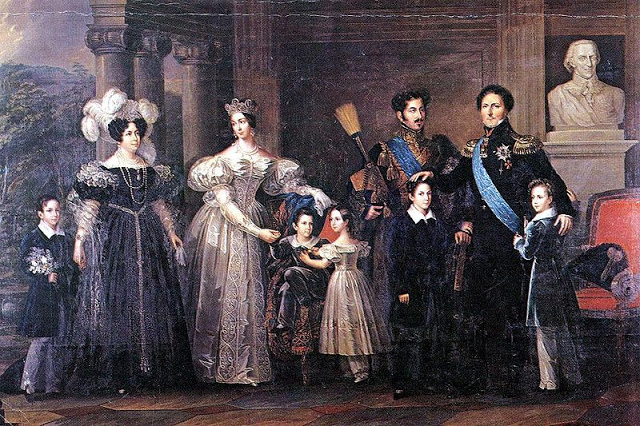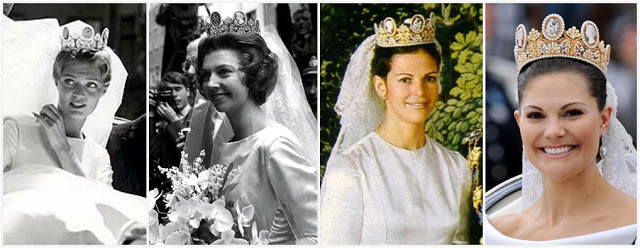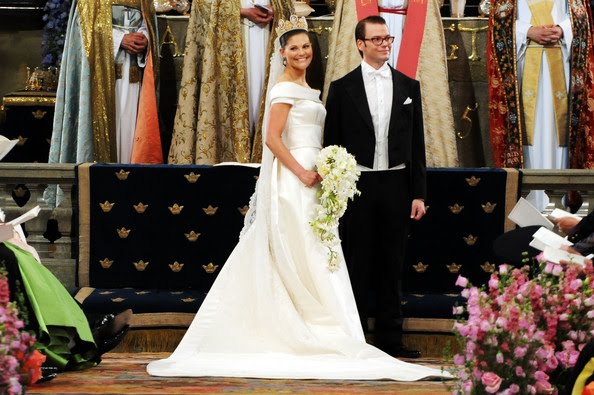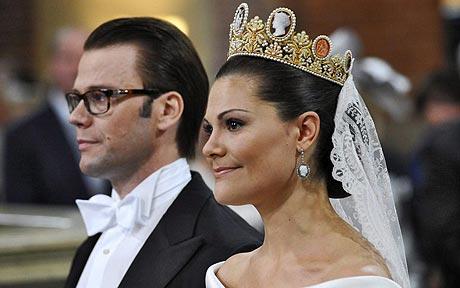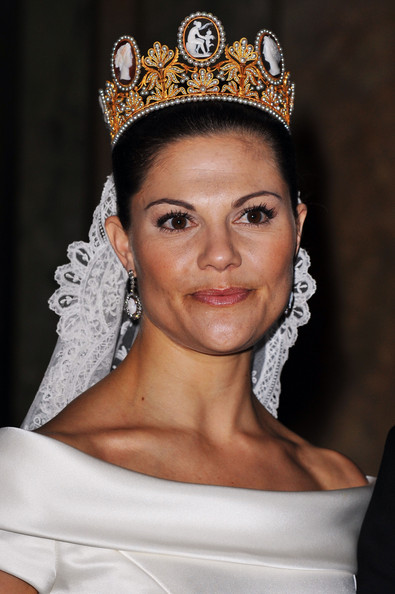The Baden Palmette Tiara
/This romantic tiara is an heirloom with a long history.
The tiara is originally German. It was made in the 19th century by Koch. It was a wedding gift from King Wilhelm of Prussia to his daughter, Princess Louise, for her marriage to Grand Duke Frederick of Baden in 1856.
The tiara then migrated to Stockholm when Frederick and Louise's daughter, Victoria, married King Gustaf V of Sweden in 1881. On Victoria's death in 1930, her granddaughter, Princess Ingrid, inherited the tiara. When Ingrid married Frederik IX of Denmark five years later, the tiara moved with her to Denmark.
When Queen Ingrid died in 2000, her vast jewel collection passed into the royal families of Denmark, Greece, and Sayn-Wittgenstein-Berleburg.
Queen Margrethe was the lucky duck who inherited the lovely petite tiara.
The tiara itself is sweet and romantic. It features hearts shaped palmette motifs with small diamond flowers with yellow-toned centers in-between the hearts.
The romantic feel makes the tiara perfect for weddings. It's also smaller (and more comfortable) than most of the show stopping tiaras owned by the queen, so it makes frequent appearances.
